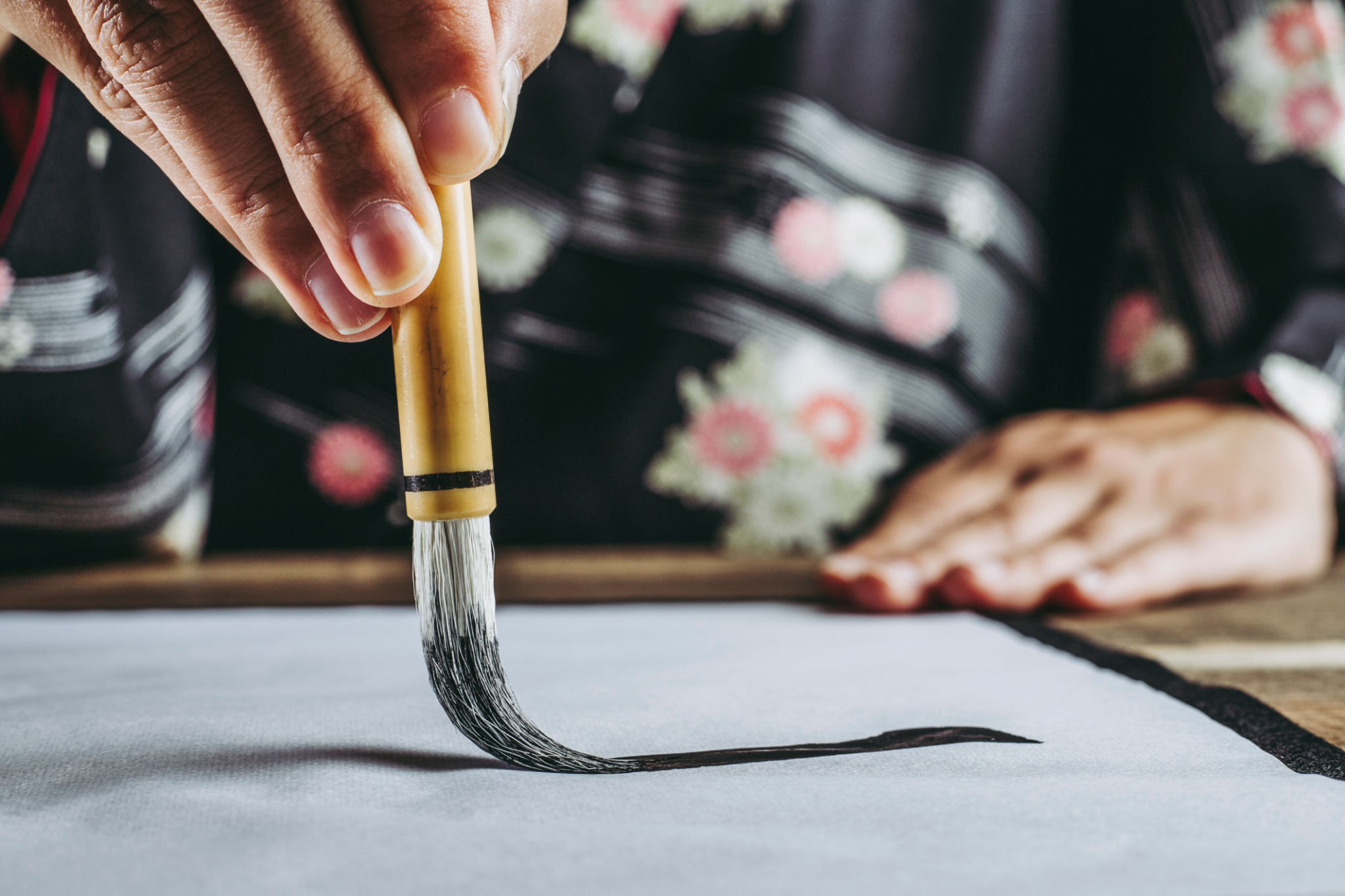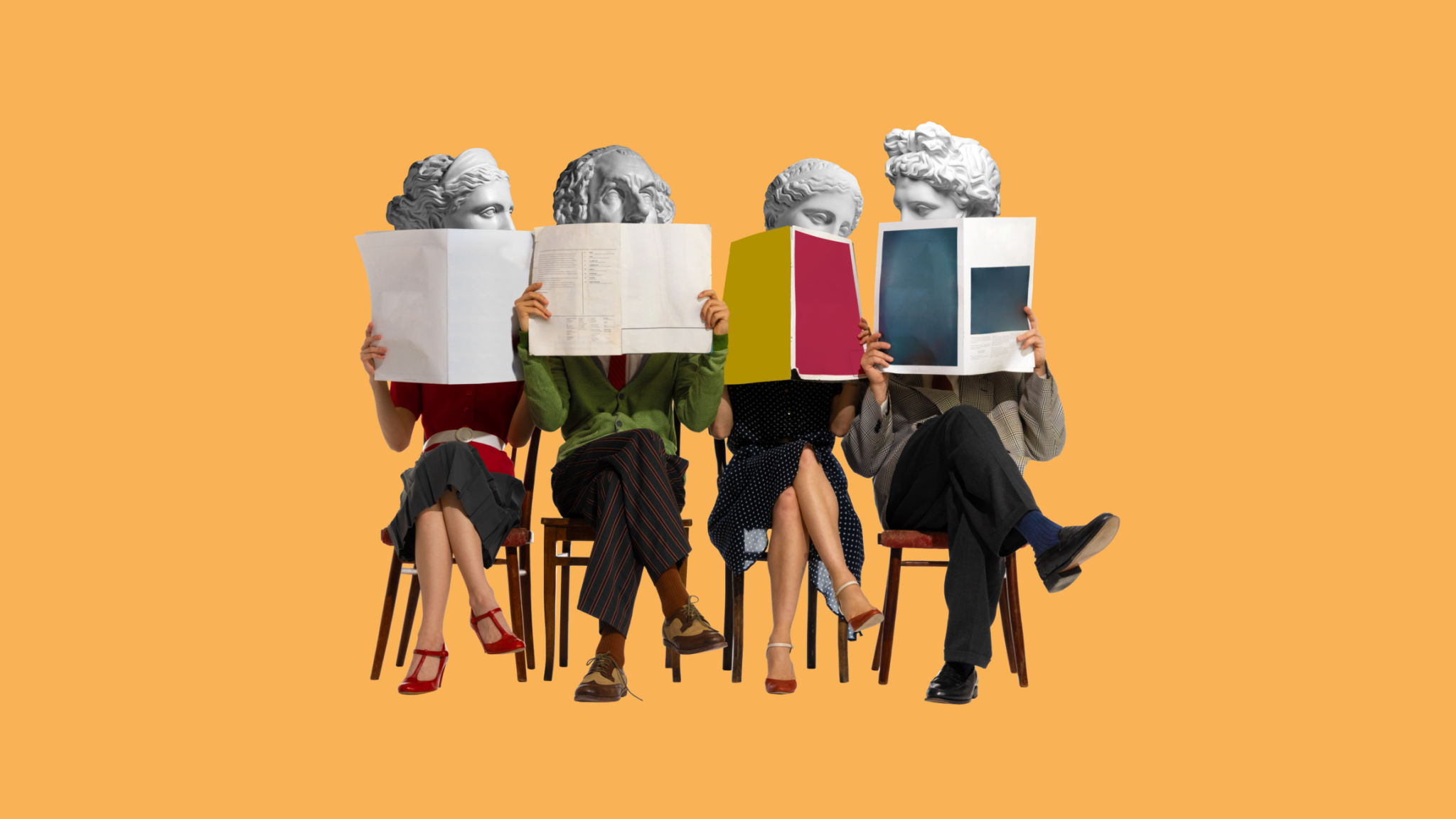Comparing Traditional and Contemporary Art: Understanding the Differences
Introduction to Art Forms
Art is a dynamic form of expression that has evolved through centuries, representing the cultural, social, and political nuances of different eras. Two broad categories that often invite comparison are traditional and contemporary art. Understanding the differences between these art forms can enhance our appreciation and interpretation of visual creativity.

Defining Traditional Art
Traditional art encompasses styles and methodologies that have been handed down through generations. These works often reflect historical contexts and are created using conventional techniques. Traditional art includes genres like classical painting, sculpture, and folk art, and is deeply rooted in the preservation of heritage.
Characteristics of Traditional Art
Traditional art is characterized by its adherence to established rules and techniques. Artists often focus on realism, utilizing materials such as oil paints, marble, or wood. This art form emphasizes craftsmanship and the mastery of age-old techniques, often resulting in works that are detailed and intricate.

Exploring Contemporary Art
In contrast, contemporary art refers to works created in the late 20th and 21st centuries. It is often experimental, challenging conventional boundaries, and embracing new ideas. Contemporary art includes modern media like digital art, installation art, and performance art, emphasizing concept over form.
Characteristics of Contemporary Art
Contemporary art is recognized for its diversity and innovation. Artists often explore themes like identity, technology, and globalization. The use of unconventional materials and digital platforms is common, allowing for a broader range of expression. This form often encourages audience interaction and interpretation.

Comparative Analysis
While traditional and contemporary art differ significantly in style and technique, both serve as essential reflections of their times. Traditional art provides a window into historical narratives, while contemporary art offers commentary on current societal issues. Both forms contribute to a rich tapestry of cultural dialogue.
Impact on Society
Traditional art often serves as a cultural anchor, preserving stories and traditions of the past. In contrast, contemporary art tends to provoke thought and discussion about present-day issues, encouraging viewers to question and reflect on the world around them.

The Interplay Between Art Forms
Despite their differences, traditional and contemporary art frequently intersect. Some contemporary artists draw inspiration from traditional techniques, creating a fusion that bridges past and present. This interplay enriches the artistic landscape, allowing for innovative expressions that honor tradition while embracing modernity.
Conclusion
Understanding the distinctions between traditional and contemporary art enhances our appreciation for both forms. Whether through the intricate details of a classical painting or the thought-provoking nature of a modern installation, art continues to be a powerful medium for expression and transformation.